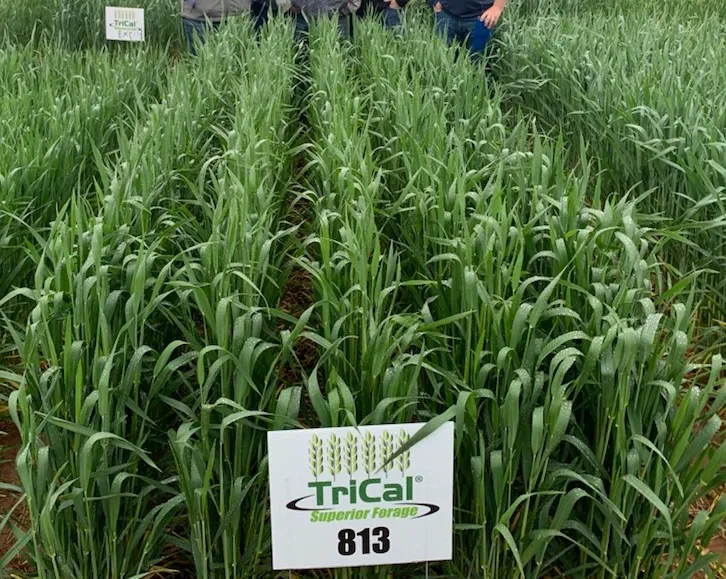
813
Tricale hexaploide var. 813
813 is one of the most utilized triticale's in the Midwest. 813 is awnletted and has a superior disease package that works well for both grazing and chopping. 813 is consistently at the top of the list in both tonnage and quality.
- Growing Region: Midwest
- Blooms:
- Life Form: Grass
- Application Type: Agriculture Products, Agriculture Products
- Height: 4+ ft
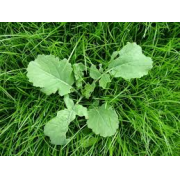
African Cabbage
Brassica carinata
Ethiopean cabbage is a brassica with a hard erect central stem that remains upright during the winter. It provides control of several parasitic nematodes, and is excellent at trapping snow in the winter. It is less palatable than most other brassicas for livestock forage. Pure stand seeding rate 5 lb per acre, optimum planting depth is ¼-1/2 inch, and optimum planting date is August to early September.
- Growing Region: Southeast, Midwest
- Blooms:
- Life Form: Forb
- Application Type: Agriculture Products, Agriculture Products, Agricultural Products
- Height: 1-2 ft
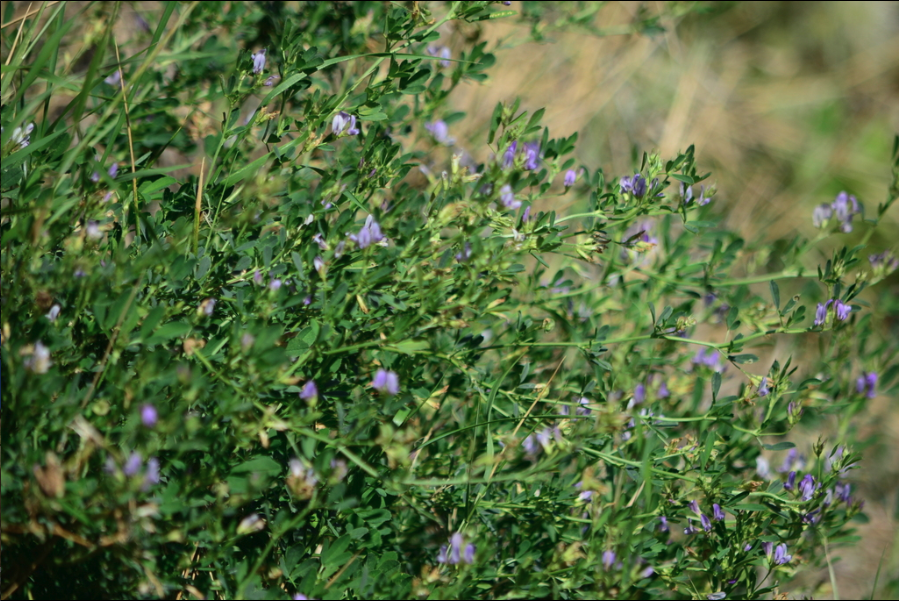
Alfalfa
Medicago sativa
Potentially long-lived nitrogen-fixing perennial legume with a significant taproot and purple flowers. Adapted to fertile, deep, well-drained soils. Intolerant of poor drainage, high water tables and acidic soils. The world’s most well-known and widely used perennial forage legume for pasture, hay, silage, green-chop and rangeland. Excellent forage yield, quality and palatability. Seed alone or in mixed grass pastures; establishes easily. High bloat potential; use caution when grazing. Also use for wildlife habitat for grazing ungulates, geese, grouse and other wild birds. Primarily pollinated by leafcutter bees and many types of native bees; honeybees are reluctant pollinators. Winter hardy, rhizomatous and multifoliate (MF) varieties available.
- Growing Region: Midwest
- Blooms:
- Life Form: Legume
- Application Type: Agriculture Products, Agriculture Products, Agricultural Products
- Height: 1-3 ft
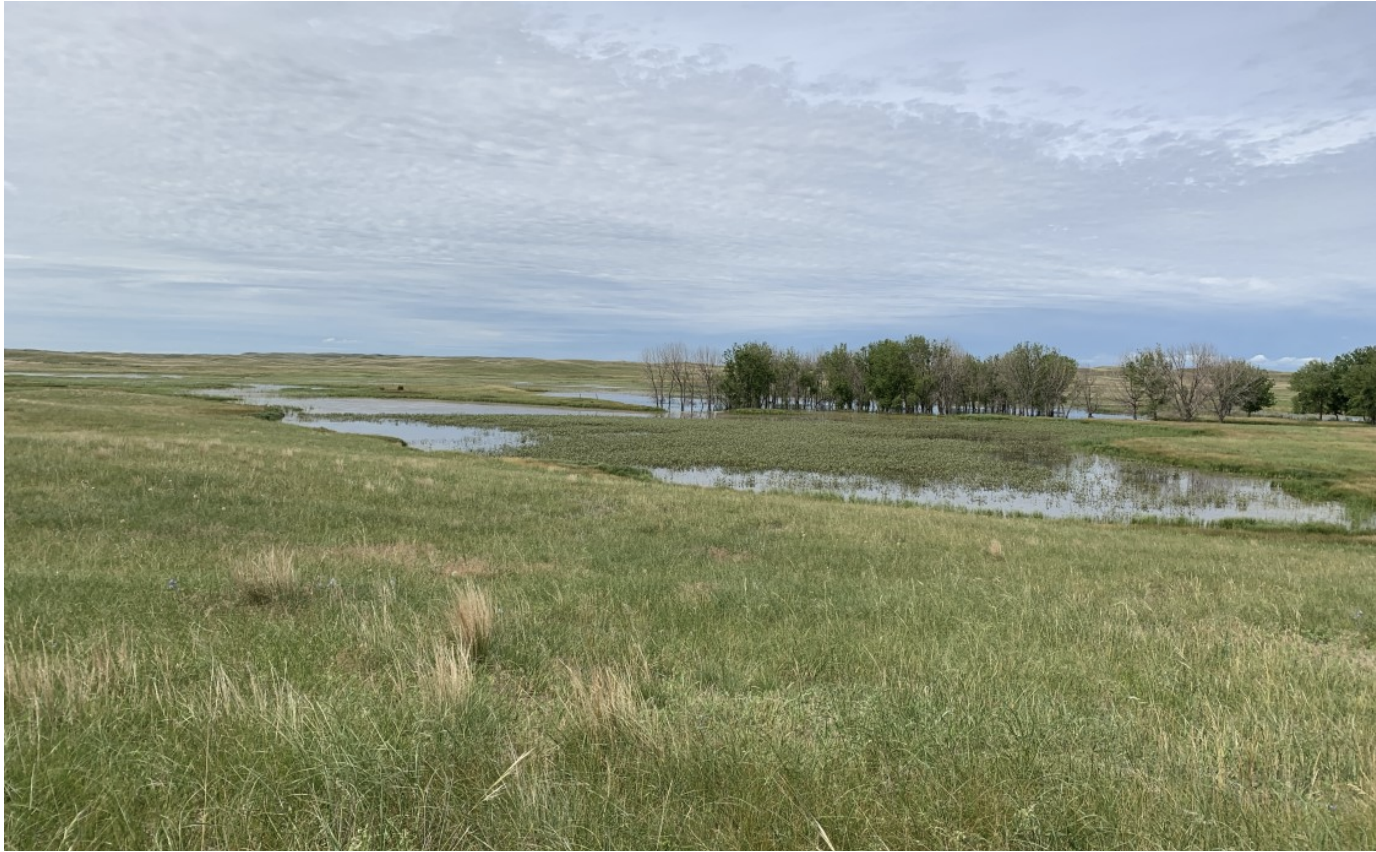
All-Star FACW Wetland Mix
n/a
All-Star FACW Wetland Mix is a comprehensive mixture of sedges, rushes, wildflowers and grasses formulated to withstand wet to saturated soils. The species are adapted for the Great Plains and Midwest wetland boundaries.
- Growing Region: Midwest
- Blooms:
- Life Form:
- Application Type: Conservation Products, Conservation Products
- Height:
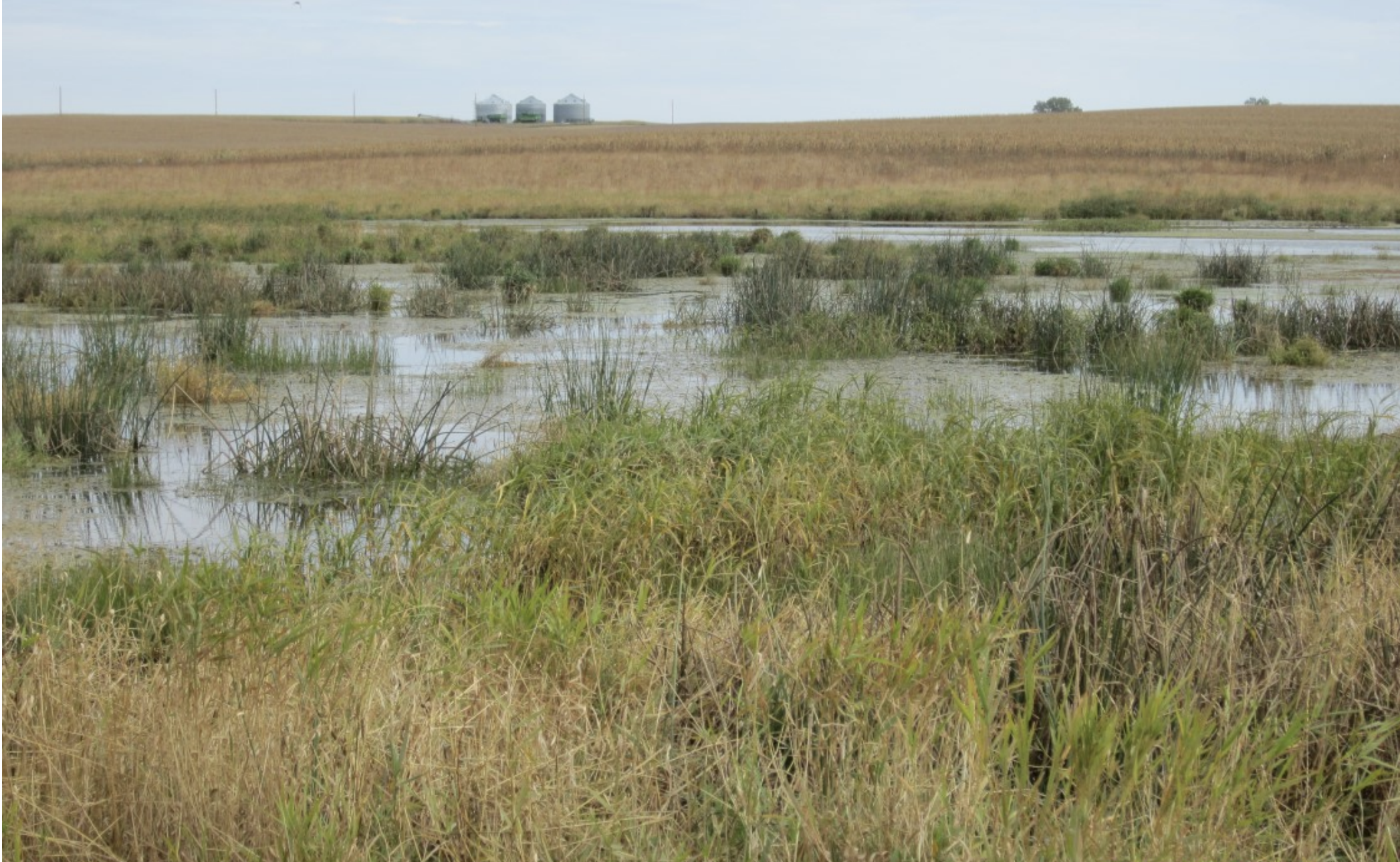
All-Star OBGL Wetland Mix
n/a
All-Star OBL Wetland Mix is a comprehensive mixture of sedges, rushes, wildflowers and grasses formulated to withstand saturated to standing water areas. The species are adapted for the Great Plains and Midwest wetland boundaries.
- Growing Region: Midwest
- Blooms:
- Life Form:
- Application Type: Conservation Products, Conservation Products
- Height:

Alpine timothy
Phleum alpinum
Short, Cool season, perennial native bunchgrass sometimes forming a sod. Occurs at high elevations in northern latitudes from 4,000-12,500 ft. Prefers mountain meadows, bogs and streambanks in well-drained to poorly drained soils. Provides good forage that stays green throughout the summer and late season. Used to revegetate roadsides, ski slopes and mines.
- Growing Region: Southeast, Midwest
- Blooms:
- Life Form: Grass
- Application Type: Agriculture Products, Erosion Control, Conservation Products, Conservation Products
- Height: 1-2 ft
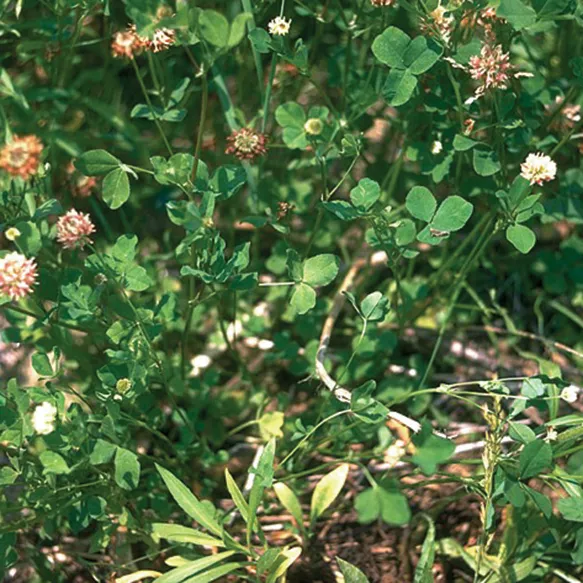
Alsike clover
Trifolium hybridum
Medium statured, relatively short-lived nitrogen-fixing perennial legume with pale pink to white flowers. Not a hybrid, despite its name. Adapted to a wide range of soil types, including sites too acidic for Red clover (T. pratense); more alkaline tolerant than most clovers. Prefers wet sites, tolerating waterlogged soils and up to six weeks of flooding. Winter hardy, able to survive at northern latitudes and high elevations. Use for hay, pasture and soil improvement on Cool, wet sites. Plant with Timothy (Phleum pratense) or Meadow brome (Bromopsis biebersteinii) to improve hay production and prevent lodging. Excellent nectar and pollen source for bees, especially honeybees.
- Growing Region: Midwest, Southeast, Intermountain West, Northeast, Southwest, Pacific Northwest
- Blooms: Spring, Summer, Fall
- Life Form: Legume
- Application Type: Agriculture Products, Agriculture Products
- Height: 1-4 ft
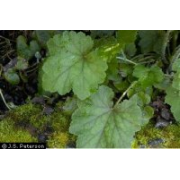
Alumroot
Heuchera richardsonii
Although never abundant, Richardson's Alumroot has been found in almost every county in North Dakota. The species range well into the low Arctic, but do not occur much farther South than Missouri.The thick cluster of basal leaves on this plant looks like those of the Geranium. One to four leafless hairy stems grow up to two feet tall from heavy perennial taproots. The yellowish to purple flowers occur in clusters of ten to twenty along the upper part of the stem.Look for Richardson's Alumroot around hilltops and sideslopes in native prairie. Cattle seem to avoid this plant, probably because of its astringent qualities. Nevertheless, somewhat greater numbers of plants are usually found on moderately or lightly grazed pastures, possibly because of the better soil moisture conditions there.Extracts from the roots of all the Heucheras have been used medicinally for their astringent qualities. The Saxifrage family (Saxifragaceae), of which the alumroots are members, also includes our wild currants and gooseberries. The name was compounded from the Latin saxum, "a stone," and frangere, "to break," by early medical practitioners who labored under the ancient "doctrine of signatures." The doctrine stated that plants bore structures that resembled the maladies the plants were supposed to cure. Hence, some European species bearing granular bulblets were purported to dissolve urinary concretions.The Swedish naturalist Carl von Linne (Linnaeus) named the genus in honor of the German botanist Johann von Huecher (1677-1747). English botanist Robert Brown dedicated this North American species to science in 1823 in memory of its discoverer, Sir John Richardson.
- Growing Region: Midwest
- Blooms: Summer
- Life Form: Forb
- Application Type: Conservation Products, Conservation Products
- Height: 1-2 ft
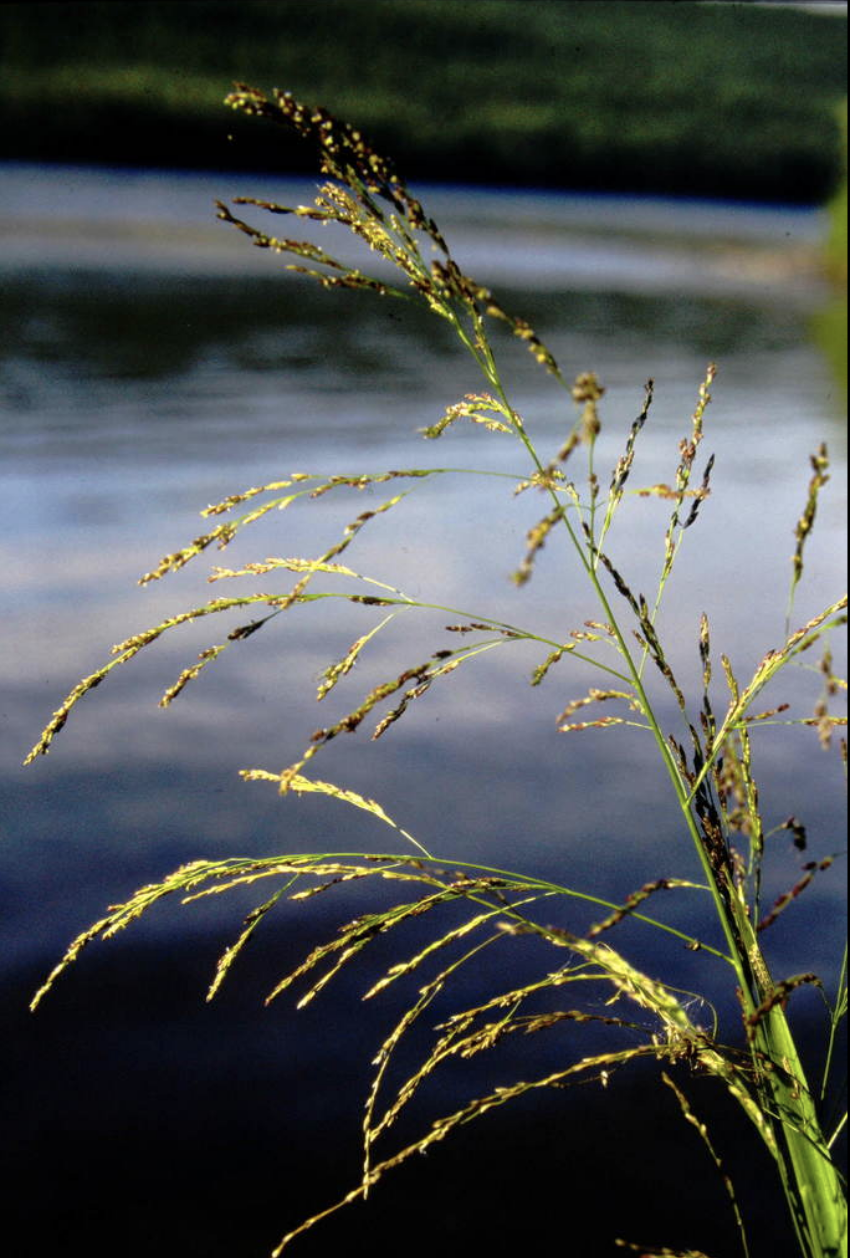
American mannagrass
Glyceria grandis
Cool season, rhizomatous, native perennial that occurs in wetlands, streambanks, marshes and ditches. Requires wet to moist soils; withstands periods of submersion. Grows rapidly. Important wetland food and habitat source for waterfowl, muskrats and deer throughout its range.
- Growing Region: Pacific Northwest, Southeast
- Blooms:
- Life Form: Grass
- Application Type: Conservation Products, Conservation Products
- Height: 1-3 ft
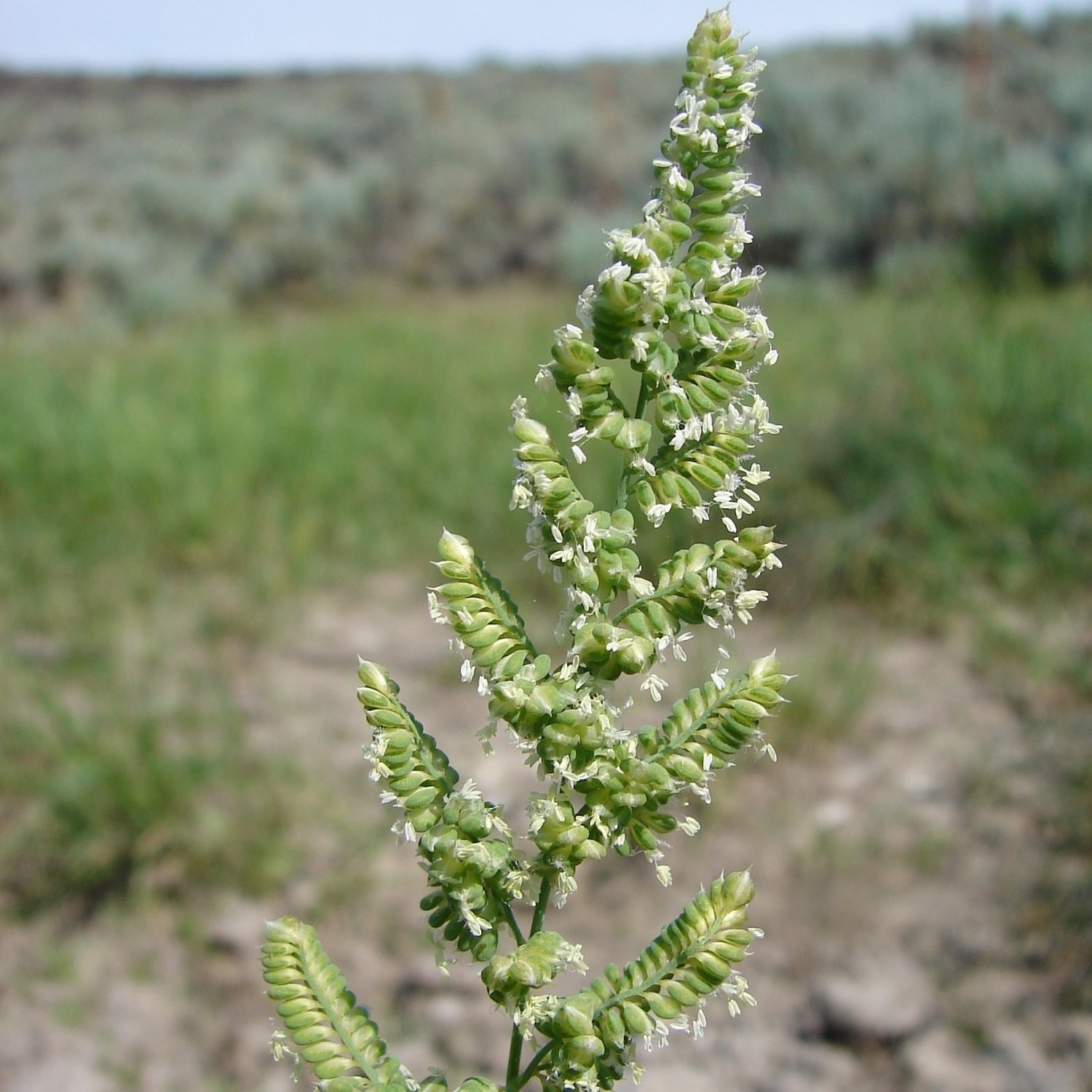
American sloughgrass
Beckmannia syzigachne
Cool season, robust annual or short-lived perennial that may develop short rhizomes. Commonly occurs on wet sites such as ponds, swamps, ditch banks, shallow marshes and sloughs. Prefers clay soils; tolerant of saline soils. Shallow-rooted and able to colonize denuded wetland soils, making it excellent for riparian reclamation. Seeds are eaten by migratory birds. Palatable and frequently used for hay or grazing.
- Growing Region: Pacific Northwest, Intermountain West, Northeast, Midwest
- Blooms:
- Life Form: Grass
- Application Type: Agriculture Products, Erosion Control, Conservation Products, Conservation Products
- Height: 1-3 ft
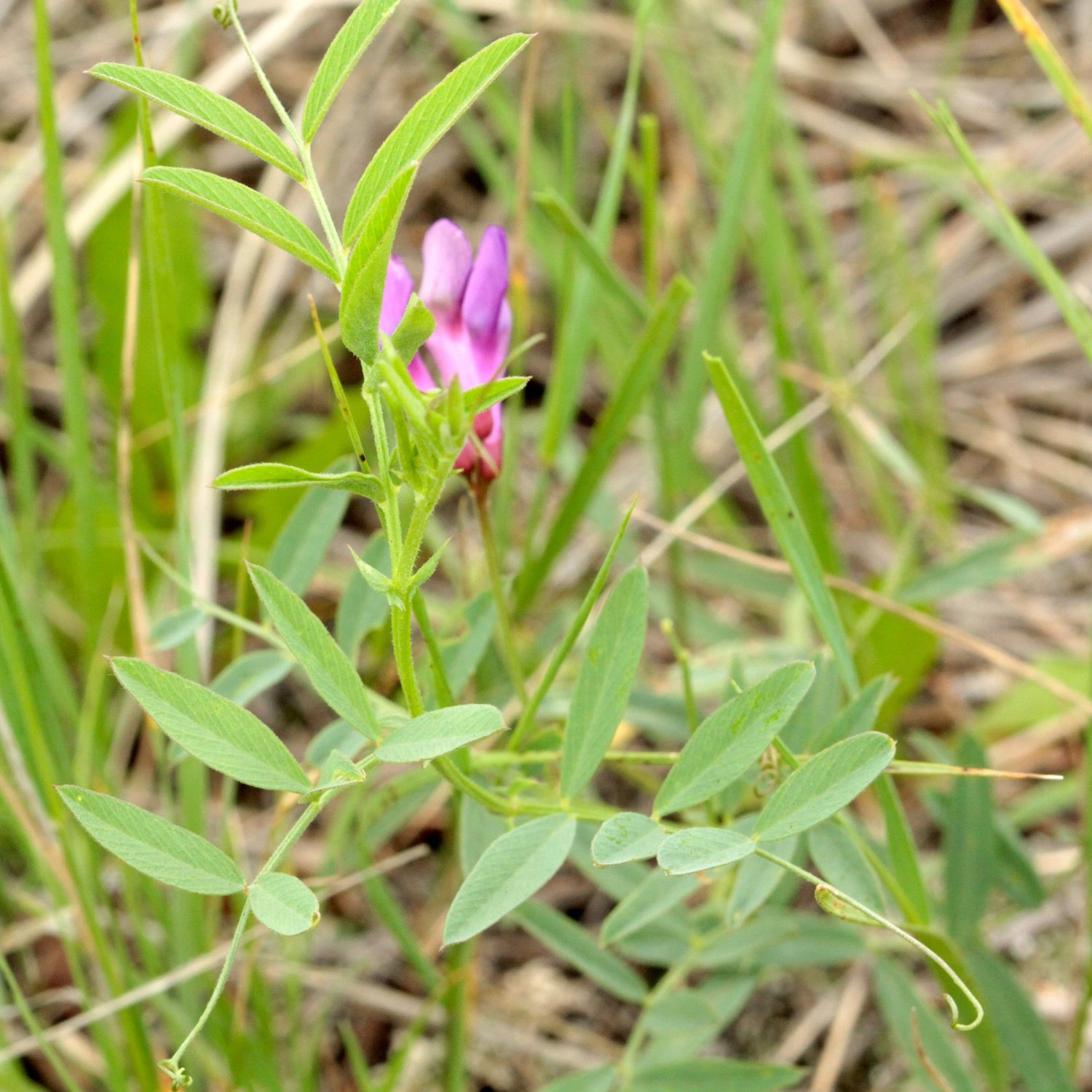
American vetch
Vicia americana
Moderate water requirements, full sun to partial shade. Bluish-purple flowers bloom April through July. Excellent palatability for wildlife and all classes of livestock. Native rhizomatous climbing perennial legume with purple flowers, blooming April to August. Very drought tolerant and widely adaptable, occurring in moist to dry soils of forest openings, meadows, shrublands and streambanks; up to 12,000 ft. elevation. Use for habitat restoration, mining reclamation, arid rangelands and roadsides. Increases following fire. Excellent palatability for all wildlife and ungulates. Important for native pollinators, including wild bees. Larval host of the Western blue tailed butterfly.
- Growing Region: Midwest, Pacific Northwest
- Blooms: Spring, Summer
- Life Form: Forb
- Application Type: Conservation Products, Conservation Products
- Height: 0-1 ft
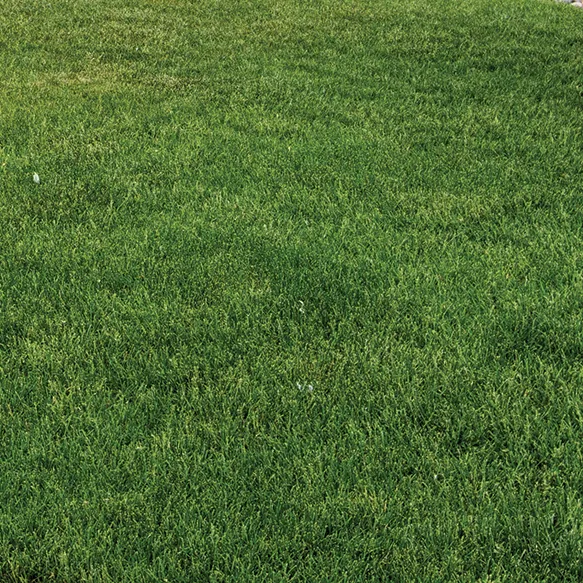
Annual ryegrass
Lolium perenne ssp. multiflorum
Formerly Lolium multiflorum. Cool season, annual bunchgrass adapted to many sites where adequate water is available. Establishes quickly and easily. Highly palatable to livestock and wildlife. Excellent for temporary pasture or for early spring growth in a perennial pasture mix. Use in erosion control blends for quick, temporary cover. Also used for winter over-seeding of dormant Warm season Bermudagrass (Cynodon dactylon) lawns in the south and southwest.
- Growing Region: Intermountain West, Northeast, Pacific Northwest, Midwest, Southeast, California
- Blooms:
- Life Form: Grass
- Application Type: Commercial Beautification, Erosion Control, Conservation Products, Turf, Agriculture Products
- Height: 1-3 ft
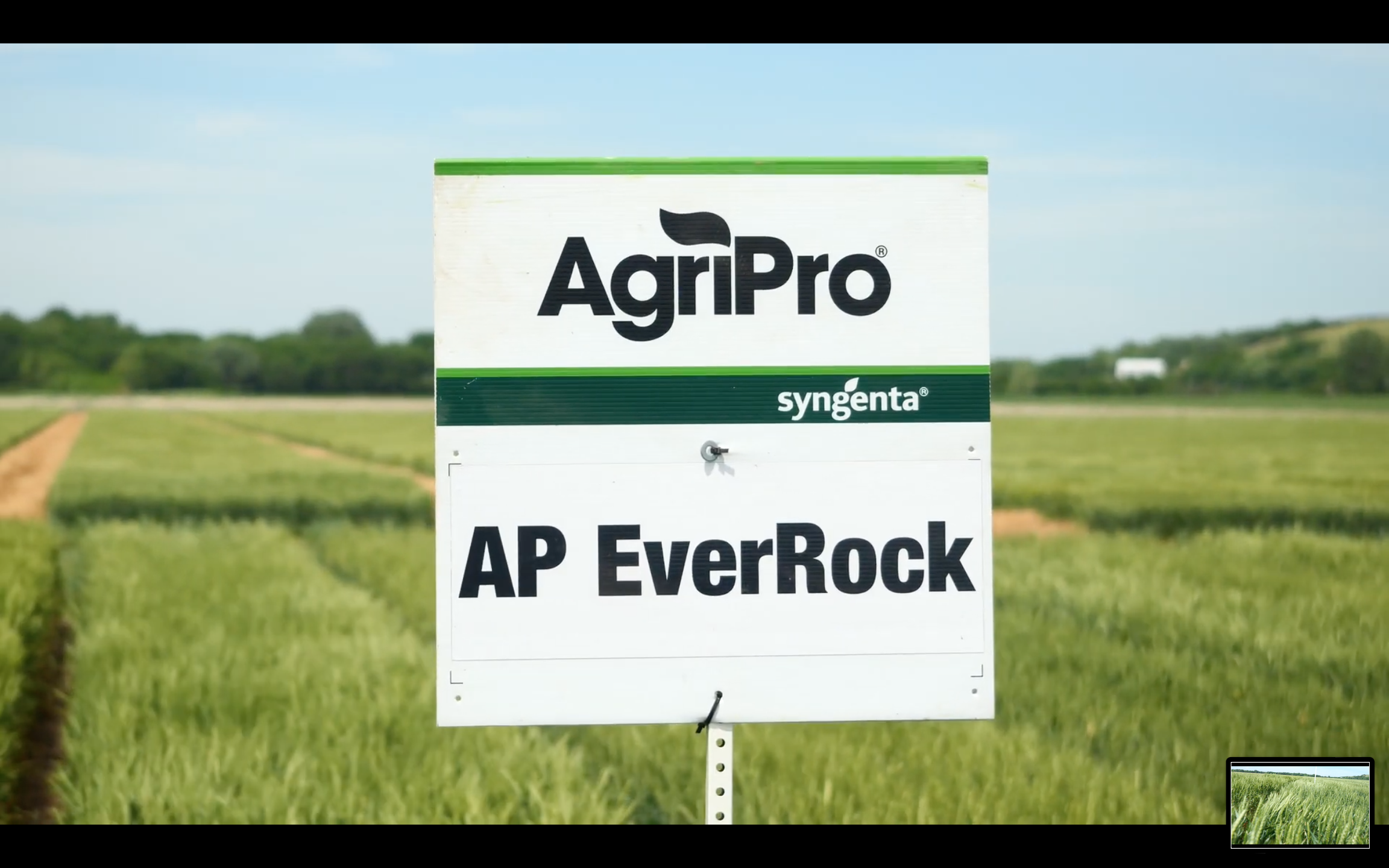
AP EverRock
Triticum aestivum
AgriPro is leading the way in the development and delivery of superior wheat seed genetics in North America. Each year more than 2,000 new experimental lines are generated and tested across 25 research and testing sites in Kansas, Nebraska, Colorado, Wyoming and South Dakota. Only the very best of these experimental lines are advanced as potential AgriPro varieties. AgriPro varieties offer high-yield potential, good test weights and high-quality grain. Wheat producers like the consistency that AgriPro varieties provide under a wide range of conditions.
- Growing Region: Southeast, Midwest
- Blooms:
- Life Form: Grass
- Application Type: Agriculture Products, Agriculture Products, Agricultural Products
- Height: 1-3 ft
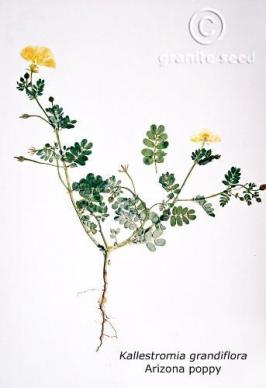
Arizona poppy
Kallstroemia grandiflora
Sprawling summer native annual with golden orange-yellow flowers, blooming July to October after desert monsoons. Quick germination when moisture is available. Found along roadsides, sandy washes, mesas, disturbed areas and low spots, often in mass communities; up to 6,500 ft. elevation. Use in desert restoration and native gardens. Prolific seed producer; seeds eaten by birds. Visited by numerous bees, wasps, flies and butterflies.
- Growing Region: Pacific Northwest, Southwest, Intermountain West, Midwest
- Blooms: Summer, Fall
- Life Form: Forb
- Application Type: Conservation Products, Conservation Products
- Height: 1-3 ft
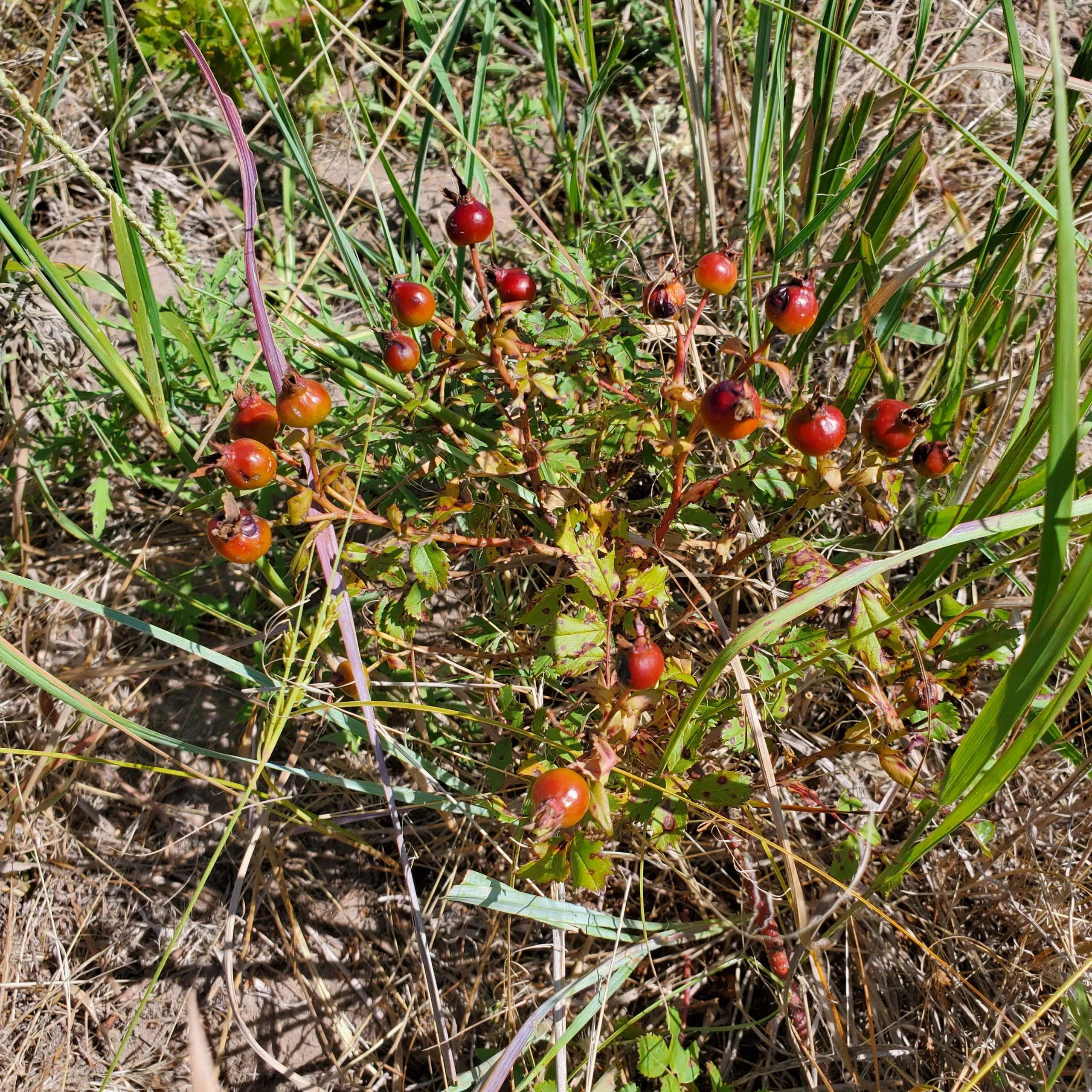
Arkansas Rose
Rosa arkansana
Arkansas Rose, commonly called Prairie Rose, is native to the central portion of the United States from Texas to the Great Lakes region and from New Mexico to Montana. Commonly found on upland prairies and grassland, it prefers full sun exposure. It is Short growing, 1-3 feet, shrub-like, and adaptable to mesic to dry and well-drained soils/ Large pink flowers, 2 inches wide or more bloom from May-July The hips, or seed pods, provide an excellent source of food for birds and small mammals throughout fall and winte. Colorful seed pods linger well into fall and winter.
- Growing Region: Midwest, Intermountain West, Southwest
- Blooms: Spring, Summer
- Life Form: Shrub
- Application Type: Conservation Products, Conservation Products, Conservation Products
- Height: 1-3 ft